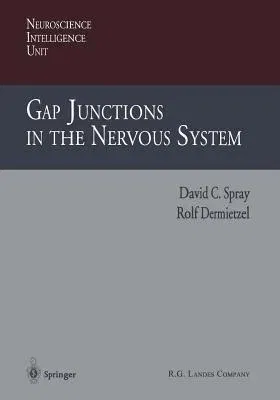Gap Junctions in the Nervous System (Softcover Reprint of the Original 1st 1996)Paperback - Softcover Reprint of the Original 1st 1996, 13 November 2013

Qty
1
Turbo
Ships in 2 - 3 days
In Stock
Free Delivery
Cash on Delivery
15 Days
Free Returns
Secure Checkout
Part of Series
Neuroscience Intelligence Unit
Print Length
317 pages
Language
English
Publisher
Springer
Date Published
13 Nov 2013
ISBN-10
3662219379
ISBN-13
9783662219379
Description
Product Details
Book Edition:
Softcover Reprint of the Original 1st 1996
Book Format:
Paperback
Country of Origin:
NL
Date Published:
13 November 2013
Dimensions:
25.4 x
17.78 x
1.78 cm
ISBN-10:
3662219379
ISBN-13:
9783662219379
Language:
English
Location:
Berlin, Heidelberg
Pages:
317
Publisher:
Weight:
585.13 gm

